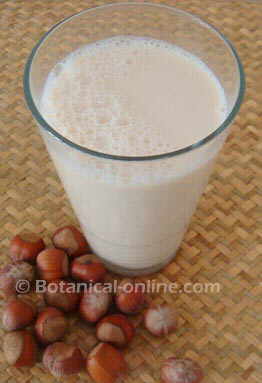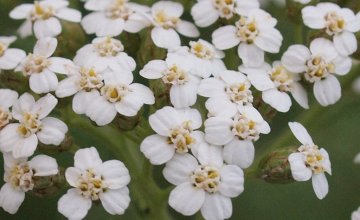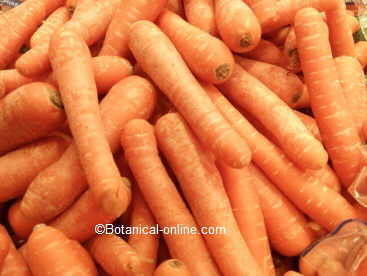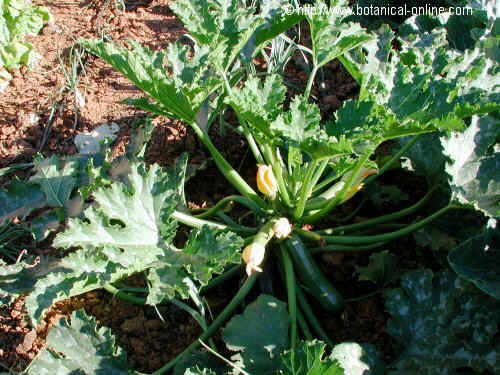Contents
- 1 What is honey?
- 1.1 Honey from bees
- 1.2 How do bees produce honey?
- 1.3 Why do they produce honey?
- 1.4 How humans get honey
- 1.5 Composition of honey
- 1.6 Honey plants (Plants that produce honey)
- 1.7 Types or classes of honey
- 1.8 History of honey and its consumption
- 1.9 Did prehistoric and paleolithic men eat honey?
- 1.10 When does honey appear for the first time?
- 1.11 Importance of honey in different cultures
- 1.12 Honey against sugar
- 1.13 Honey in America
- 1.14 Which bee is the one that produces more honey today?
What is honey?
Honey from bees
How do bees produce honey?
Honey is a sweet that bees produce mainly from the nectar of flowers. The bees release the nectaries of the flowers from which they obtain the nectar.
On the nectar acts an enzyme called invertase that the bees have in their saliva. In this way, the nectar, deposited in a special sac of the esophagus of the bees, is transformed into a very sweet and sticky liquid called honey.
Why do they produce honey?
In fact, honey is not made by bees to serve as food for humans.
Through this food, nectar and pollen, these insects can feed themselves and their larvae.
In addition, they reserve the honey in some buildings called honeycombs inside their hives.
When winter arrives and they do not have another food in the nature, they can consume the stored honey.
How humans get honey
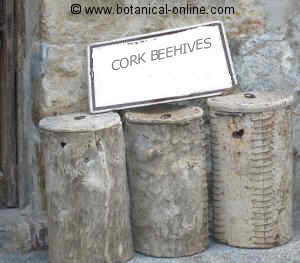
Men can collect honey directly from hives made by the bees themselves, but, most ofte, artificial hives are provided for the bees to build their honeycombs inside.
The activity of raising bees to obtain honey and other products manufactured or collected by them is known as beekeeping.
People who are engaged in beekeeping are called beekeepers.
Composition of honey
Honey contains 82% of carbohydrates. These are simple sugars (simple carbohydrates) corresponding to the group of monosaccharides. The highest content corresponds to fructose (about 38%) and glucose (about 31%). Other sugars to a lesser extent are maltose (about 7%), and others like sucrose or melibiose, which, in their totality, would represent 5%.
These sugars contained in honey are very easily absorbed and possess a high energy power, providing about 3.4 calories per gram ingested.
Water is the second highest component of honey (over 17%).
In addition to sugars and water, honey contains some minerals, especially phosphorus and potassium, which, among many other properties, are very suitable for the absorption of the mentioned sugars. Copper, iron, calcium and magnesium appear in small amounts, as some vitamins do (B vitamins, especially niacin and vitamin C).
Honey, contrary to what is often said, does not contain vitamin A, or vitamin E, vitamin B12, or vitamin D.
Acids are also very important components in the composition of honey. Among them are acetic acid, tartaric acid, citric acid and formic acid. These components give honey an acidic pH (between 3.5 and 4.2) that allows this food to be easily preserved.
Honey contains enzymes and flavonoids. The enzymes of honey give it very important digestive and healing properties. Flavonoids have antioxidant properties.
Honey plants (Plants that produce honey)
The plants that bees use to produce honey are called honey plants. Honey-producing bees are known as honey bees.
Also known as honey plants are those that, in addition to honey, provide bees with pollen, propolis and honeydew.
On the other hand, plants that especially produce bee pollen are known as polliniferous plants.
Types or classes of honey
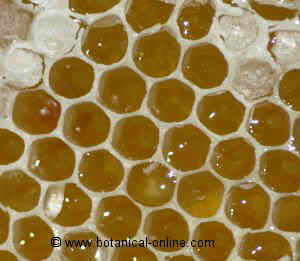
The characteristics of honey depend on the type of flowers that abound in the area where the bees perform their work. (See more information on types of honey)
History of honey and its consumption
Honey is the oldest sweetener, along with ripe fruits. For thousands of years it has been the only sweetener for most cultures of mankind, except in the southern part of China and northeastern India where sugarcane has been known for more than 2500 years. (It seems that it was also known in Persia and Egypt although not used too much for food)
Did prehistoric and paleolithic men eat honey?
There are prehistoric remains in caves that show how men collect honey from the natural honeycombs, suggesting that honey was used before the onset of agriculture.
The oldest samples are to be found in the cave paintings of the Spider Cave in Valencia (Spain) in the year 7000 BC. It is shown how honey is collected from an uncultivated honeycomb.
When does honey appear for the first time?
The earliest reference to bees appears in a gravestone of a bee in an Egyptian tomb in Abysos of more than 5500 years BC.
Archaeological investigations carried out in Crete in the year 2400 BC prove that apiculture was already used at this time.
The Egyptians used honey to sweeten food. Its importance was so great that it was considered a sacred product. They also paid taxes. Vessels with honey in good condition have been found in excavations carried out in Egyptian tombs.
In China and India, honey, as well as a food, has been an important component of natural remedy since antiquity.
No less important was this food for Greek, Roman and Arab cultures.
Importance of honey in different cultures
In all these cultures honey has been considered as “the nectar of the gods” appearing in most religious ceremonies. Within Greek mythology, for example, when Zeus was young, he was fed by nymphs with milk and honey.
Thus, honey has been a very important food since the origins of mankind, especially in Europe. We must not forget that the Europeans only had honey to sweeten the food until it was known how to obtain sugar from the sugar cane whose first specimens were brought from America on the third voyage of Christopher Columbus (1498).
This does not mean that beekeeping is a European heritage. Although bee cultivation has developed much more on this continent, most cultures in the world in a more or less technical way have bred bees.
In sub-Saharan Africa, for example, since ancient times they have hung empty trunks in the trees so that tropical bees can make their honeycombs inside. This way they get honey and wax.
Honey against sugar
In the eighteenth century Andreas Margraf succeeded in isolating sugar from sugar beet in 1747. From this point on, the sugar factories began to be established, which began to produce this sweetener from sugar cane. Later it would be obtained from other plants, such as sugar beet or grapes.
In Europe, until the seventeenth century honey was considered the sweetener of the town, while sugar was reserved for rich classes. Unfortunately, the use of honey in most of the world began to decline with the discovery of sugar extraction.
At present, refined sugars have virtually replaced honey as sweetener, while honey has been relegated to a candy role. However, it has been a lack of knowledge of the advantages of honey over sugar that has led to choosing this last food less recommended than honey.
Honey in America
In America, honey has been obtained in the past since time immemorial of bees of species without sting (Apis melipona and Apis trigona). This type of bees have characteristics that do not make them as suitable for their exploitation as those of the European bee (Apis mellifera): honey of lower quality, different construction of honeycombs, less adaptation to the flora, etc.
Which bee is the one that produces more honey today?
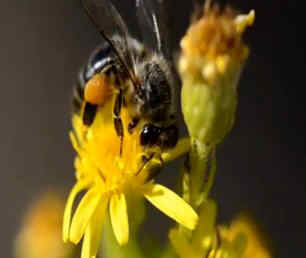
At present, Apis mellifera in one of its multiple varieties, has been introduced practically in all regions of the world, as well as the proper apicultural techniques.
For example, in Africa the African variety was introduced, which is smaller and more aggressive. It can be found throughout South America, Central America and southern United States. Little by little, this bee, known vulgarly as “Killer bee ” has been displacing the native bees.
The peculiarities of each variety of bee forces to adapt the production in each specific place. However, in general terms, when speaking of beekeeping, we usually refer to the cultivation of the European honey bee (Apis mellifera).
Of this bee, also called western honey bee, in addition to honey, we obtain other bee products, such as pollen, royal jelly, wax, propolis and even we take advantage of its venom for therapeutic purposes.
* Related information:
– Reasons why honey is better than sugar
![]() More information on honey.
More information on honey.


